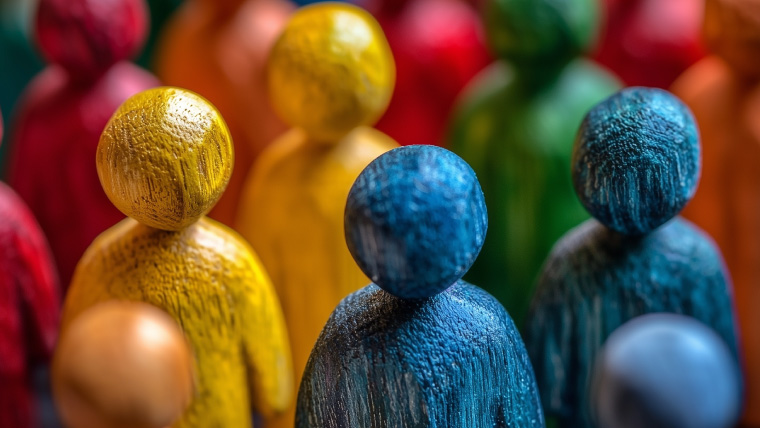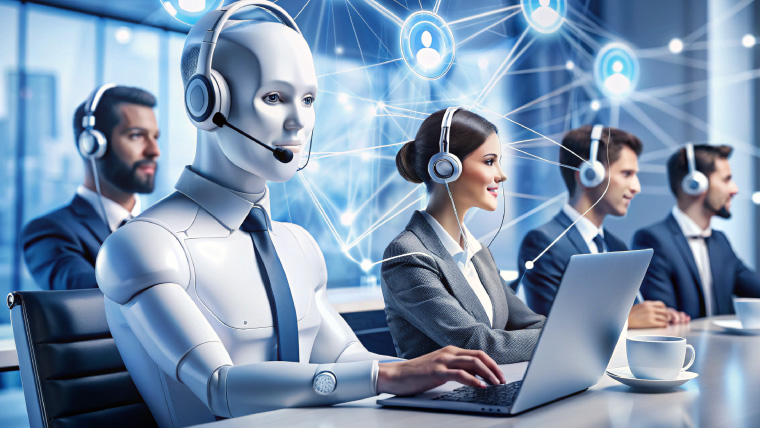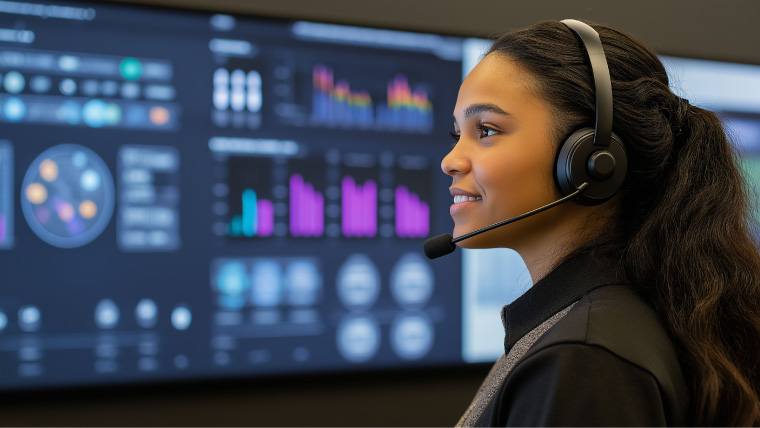“Always remember that everyone with whom you have a relationship has an invisible sign on their forehead that says, ‘Make Me Feel Important.’ Treat them accordingly.” – Eric Philip Cowell
As a Deaf person who uses ASL (American Sign Language) as her primary language, I enjoy seeing commercials spotlighting members of the Deaf and hard of hearing community. Yet, as a consumer, I do not always enjoy interacting with many of these same companies, because their products or services are not accessible to me as a Deaf person.
I get excited when I see a Deaf consumer featured, because I expect that company to operate with my accessibility needs in mind. This experience extends beyond the Deaf community and is relatable throughout the disabled population. They showed people like me on camera, and they must know I need different communications accommodations.
Good customer experience means going beyond minimum requirements
Unfortunately, when I visit these same companies’ websites or social channels, they are not always designed with accessibility in mind. Videos are not guaranteed to have captions, and written content is seldom provided in ASL. When I call these companies, customer service representatives and their supervisors often don’t communicate effectively with me or the video relay interpreting service. Their call center systems may be set up to support Video Relay Service (commonly known as VRS). Still, they may have never actually worked with an interpreter before. The lack of training can make calls longer and frustrating for everyone involved. A lot of the time, essential information gets lost in translation. This lack of accessibility begs the question of whom the companies have in mind when designing customer profiles in their customer experience model – because it doesn’t feel like they are considering my community or me.
The ADA (Americans with Disability Act) is designed to make services accessible to disabled people, but good quality customer experiences require companies to go beyond the bare minimum. Companies that do not focus on true accessibility for disabled people are missing key opportunities to build meaningful relationships with new and existing customers. You can reframe your strategies to a growth mindset where accessibility becomes a resource that allows you to engage with the one in four* adults in the United States who have a disability.
The simple answer: ask people with disabilities
So, how do you design an accessible customer experience for people with disabilities? The simple answer: ask people who have disabilities! Invite us into the conversation, and we’ll help you design a customized business solution that makes all your customers feel seen and important.
Key opportunities to transform your customer experience for Deaf people:
- Hire a Deaf person or partner with a Deaf organization. These groups will be instrumental in successfully shaping your company’s customer experience.
- Hire Deaf customer service representatives who can communicate directly with Deaf consumers.
- Empower employees who do not know ASL by training them to engage with Deaf consumers.
- Make online support, content, and resources accessible by supplying captions and/or content in ASL.
Believe it or not, many of the accommodations to support the needs of Deaf people are often used by non-deaf people, too. For example, closed captions on TV screens benefit people in dozens of situations. For a sports fan in a loud restaurant sitting down to watch a big game, captions will help them keep track of the plays and commentary; or for a person whose first language is not spoken, captions will help clarify words they didn’t quite catch. If a company adds captions to all its audio and video content, its messaging expands its opportunity to reach more people.
The National Institute on Deafness and Other Communication Disorders estimate that 15% of American adults aged 18 and over reported they have some level of hearing loss.** I have worked with several B2B businesses. Every time, I ask them, “how many Deaf people do you serve,?” not one business has been able to provide me with a number or even a reasonable estimate. Ultimately, the question is not to find out how many Deaf people they serve but to find out how many opportunities they have missed.
Remarkable progress has been made to make services and products accessible for people who are deaf, hard of hearing, and disabled. However, there is undoubtedly still a long way to go. The best way to keep moving forward towards truly equitable access is to keep having these conversations and evaluating the customer experience for our entire consumer base – Deaf and disabled consumers included. The more engaged companies are with their audiences, the better we can understand how to work together and benefit from one another.
*Ability Magazine, https://abilitymagazine.com/61-million-people-with-disabilities-in-the-united-states/
**https://www.nidcd.nih.gov/health/statistics/quick-statistics-hearing
Diana Herron is the Vice President of Emerging Markets at Communication Services for the Deaf (CSD). She has been employed in the telecommunications industry serving the deaf, hard of hearing, and deaf-blind consumers for much of her career. Following in her Deaf parents’ footsteps, her passion is to educate the public about opening doors for Deaf people.



